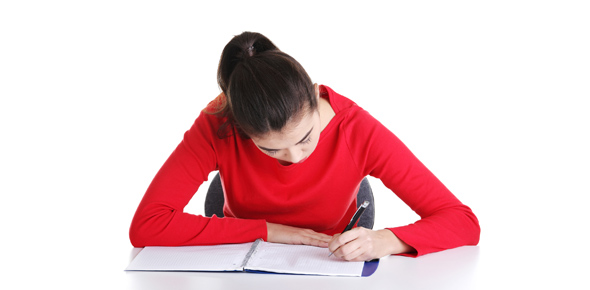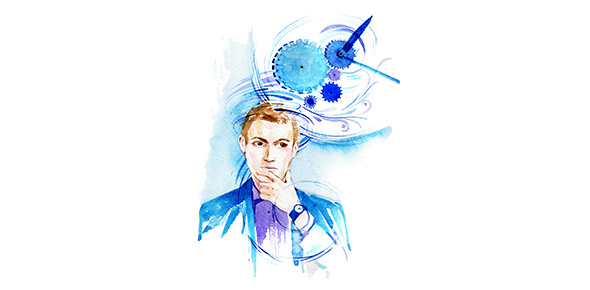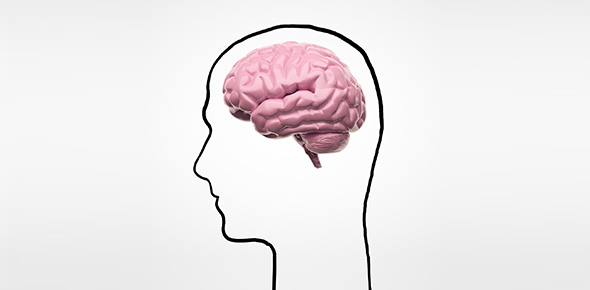Related Flashcards
Related Topics
Cards In This Set
| Front | Back |
|
Learning is best defined as...
|
A Relatively permanent change in the behavior of an organism due to experience.
|
|
In Pavlov's original experiment with dogs, the meat served as a(n):
|
Unconditioned Stimulus (US)
|
|
In Pavlov's original experiment with dogs, the tone was initially a(n) _______ stimulus; after it was paired with meat, it became a(n) _______ stimulus.
|
Neutral; Conditioned
|
|
In order to obtain a reward a monkey learns to press a lever when a 1000-Hz tone is on but not when a 1200-Hz tone is on. What kind of training is this?
|
Discrimination
|
|
When a conditioned stimulus is presented without an accompanying unconditioned stimulus, _______ will take place.
|
Extinction
|
|
In Garcia and Koelling's studies of taste-aversion learning, rats learned to associate:
|
Taste with sickness
|
|
In Pavlov's original experiment with dogs, salivation to meat was the:
|
Unconditioned Response (UR)
|
|
Classical conditioning experiments by Rescorla and Wagner demonstrate that an important factor in conditioning is:
|
The predictability of an association
|
|
Classical conditioning, Operant conditioning and Observational learning are all forms of:
|
Associative Learning
|
|
For the rapid conditioning, a CS should be presented when?
|
About half a second before the US
|
|
During extinction, the ________ is omitted; as a result ______ seems to disappear.
|
Unconditioned Stimulus (US), Conditioned Response (CR)
|
|
In Watson and Rayner's experiment, the loud noise was the ______ and the white rat was the ______.
|
Unconditioned Stimulus (US), Conditioned Stimulus (CS)
|
|
Classical Conditioning may play a role in ______, _______ and ________.
|
Emotional Problems, The Body's Immune Response and Helping Drug Addicts
|
|
In Pavlov's studies of classical conditioning of a dog's salivary responses, when did spontaneous recovery occur?
|
When the CS was reintroduced following extinction of the CR and a rest period.
|
|
Experiments on taste-aversion learning demonstrate that:
|
For the conditioning of certain stimuli, the Unconditioned Stimulus need not immediately follow the Conditioned Stimulus.
|







